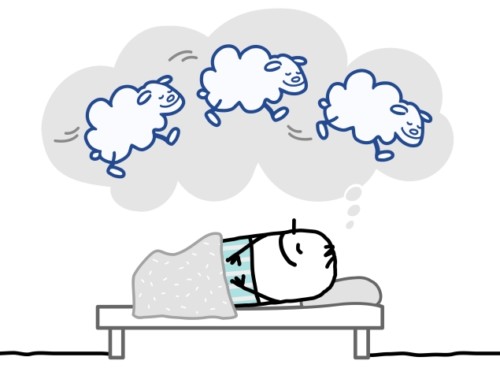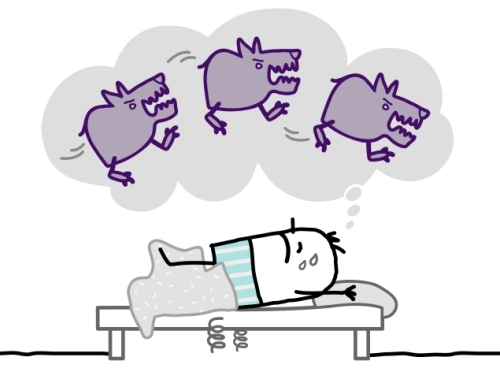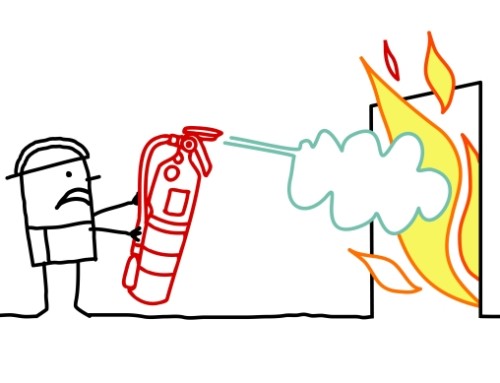In this article, I discuss one of the benefits of discussing traumatic events as analogous to organizing books in a bookcase.
Estimated reading time: 3 minutes.
Although it is a challenging task, discussing the details of traumatic events leads to many benefits which facilitate healing for clients with post-traumatic stress disorder (PTSD). One of the benefits is that discussing traumatic events facilitates the organization of these events in a person’s memory.
In the following sections, I will discuss why organizing the details of traumatic events in memory is fundamental to healing from PTSD by using the metaphor of organizing books in a bookcase.
Reexperiencing as symptoms of PTSD
Among the symptoms of PTSD are those involving reexperiencing the traumatic event. Reexperiencing symptoms include memories of the trauma entering one’s mind, having flashbacks in which the person believes the trauma is occurring again, and suffering through nightmares focused on the trauma.
In turn, the diminishing of these reexperiencing symptoms is one of the indicators that the person has healed from their PTSD.
Disorganization of trauma memories fuels reexperiencing
Reexperiencing symptoms occur primarily because memories of traumatic events are typically disorganized. This disorganization of memories happens because the horrifying details of traumatic events create such strong distress that victims of these events engage in another key set of PTSD symptoms—avoidance.
Avoidance manifests itself in various ways including trying to steer clear of stimuli which remind one of the traumatic events. In the context of this discussion, the most pertinent avoidance symptoms entail trying not to think about the traumatic events.
Unfortunately, even though it is reasonable to try to avoid thinking about distressing events in one’s past, doing so fuels the reexperiencing symptoms. There are two reasons for this.
One is that avoidance is a form of thought suppression. Thought suppression studies involve participants being instructed not to think about something for a period—such as an elephant sitting on the experimenter’s shoulder. When participants are asked what they thought about during the period, what they report having thought about the most was—you guessed it—an elephant sitting on the experimenter’s shoulder. So, avoiding thinking about trauma memories leads one to think about the trauma events even more because of the effects of thought suppression.
A second reason that trying to avoid thinking about distressing events in one’s past fuels reexperiencing symptoms is that avoidance interferes with the organization of memories of the traumatic events. Why disorganization of trauma memories drives reexperiencing symptoms is best explained by a metaphor involving how books are arranged in a bookcase. This metaphor has been discussed by PTSD expert Dr. Anke Ehlers of Oxford University in England.

Reexperiencing explained by the bookcase metaphor
Consider a bookcase which has several shelves and a door. If the books are put on the shelves in a disorganized and haphazard way, keeping the door closed would be difficult because books would constantly be pushing against it. On the other hand, were you to place the books on the shelves in an organized manner, it would be easy for you to close the door and not be concerned that it would be forced open by the books. You could choose to open the door to take a book to read and could close the door without concern that the other books would push against the door and pop out.
In a similar way, disorganized memories of a traumatic event will inevitably ‘pop out’ in the form of reexperiencing. In addition, trying to keep the door closed so those disorganized memories do not pop out as reexperiencing symptoms is an exercise in futility.
How to address reexperiencing: Organize the books in the bookcase
To address reexperiencing of trauma memories, one must organize those memories just as one organizes the books in the bookcase to prevent books from forcing the door open. And much like it takes time and effort to place the books on the shelves of a bookcase in an orderly manner, it takes time and effort to organize the memories of a traumatic event.
The time and effort are manifested in the discussion of details of the traumatic events. Given how challenging this task can be in terms of time, effort and level of distress, these discussions typically occur under the direction and guidance of a skilled and caring therapist. Despite the challenges, perseverance pays off in this endeavour as gradually the books become organized on the shelves as the trauma memories become organized.
How to discuss traumatic events: Strategies for organizing the books
To organize the memories effectively, it is important that discussions of traumatic events follow research-based guidelines. In my next article, I will discuss these rules for efficiently organizing the books on the shelves of the bookcase.
May you heal from traumatic events by organizing the books in your bookcase,
-Dr. Pat





Leave A Comment